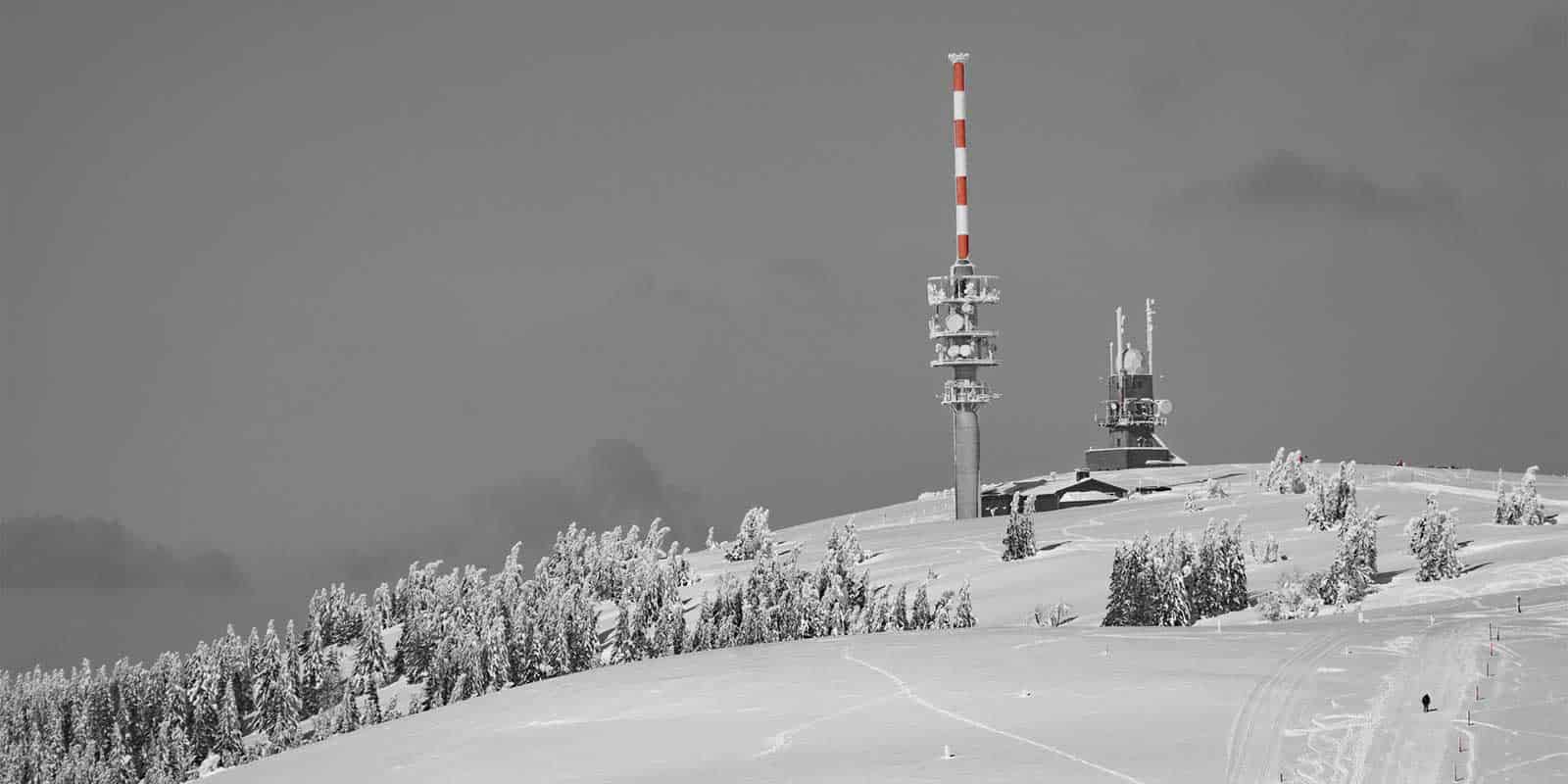05 Jan Winter Safety Tips For Work
Winter Safety Tips For Work

We were recently asked by the Incident Prevention Magazine, to discuss the essence of safety tips for utility employees who work in remote areas, especially the areas that are impacted by snow, ice and other cold weather conditions. Below are some of the article highlights:
Most Common Misconception
Many times when being stranded in the backcountry due to an equipment failure or operator error, workers believe that walking back to the highway vehicle is the best option. This is almost always the worst thing to do, and many deaths have been attributed to such incidents.
Traveling on foot in deep snow – which is incredibly difficult, if not impossible – should be the last choice. Stay with your vehicle as it should have food, water and heat to last crew members several days of the worst-case conditions.
Basic Communication Protocols
Pure and simple, workers should be required to notify a central dispatch of exactly where you are going and an estimate of when they expect to return. This way, if a problem arises and you are stranded, someone knows your location. Even if a severe storm prohibits immediate rescue, responders know where to go as soon as it is safe to do so.
Survival Priorities
Shelter, fire, water and food are the most important in a winter survival situation. The order of importance of these items will vary depending on the specifics of the situation.
Your snow vehicle is the most effective shelter solution when stranded in the backcountry, even without engine heat available. Food is not a huge priority, but water is. It is necessary to stay hydrated, which will reduce the chances of cold weather injuries. Trying to find or make water by melting snow and ice can be hazardous, so carrying a supply of water can greatly reduce risk.
Appropriate Survival Tools
The size and weight of adequate survival items is an important consideration in advance of a trip to the backcountry.
An analysis should be performed to determine the most appropriate survival items for the areas that employees will be traveling to. Always test those items before you travel. Training is critical; in addition to carrying the items, each employee should understand how to use them.
In addition, you will also find tips regarding hypothermia and other cold weather injuries, as well as some pre-trip inspections to avoid survival situations in this article.


No Comments